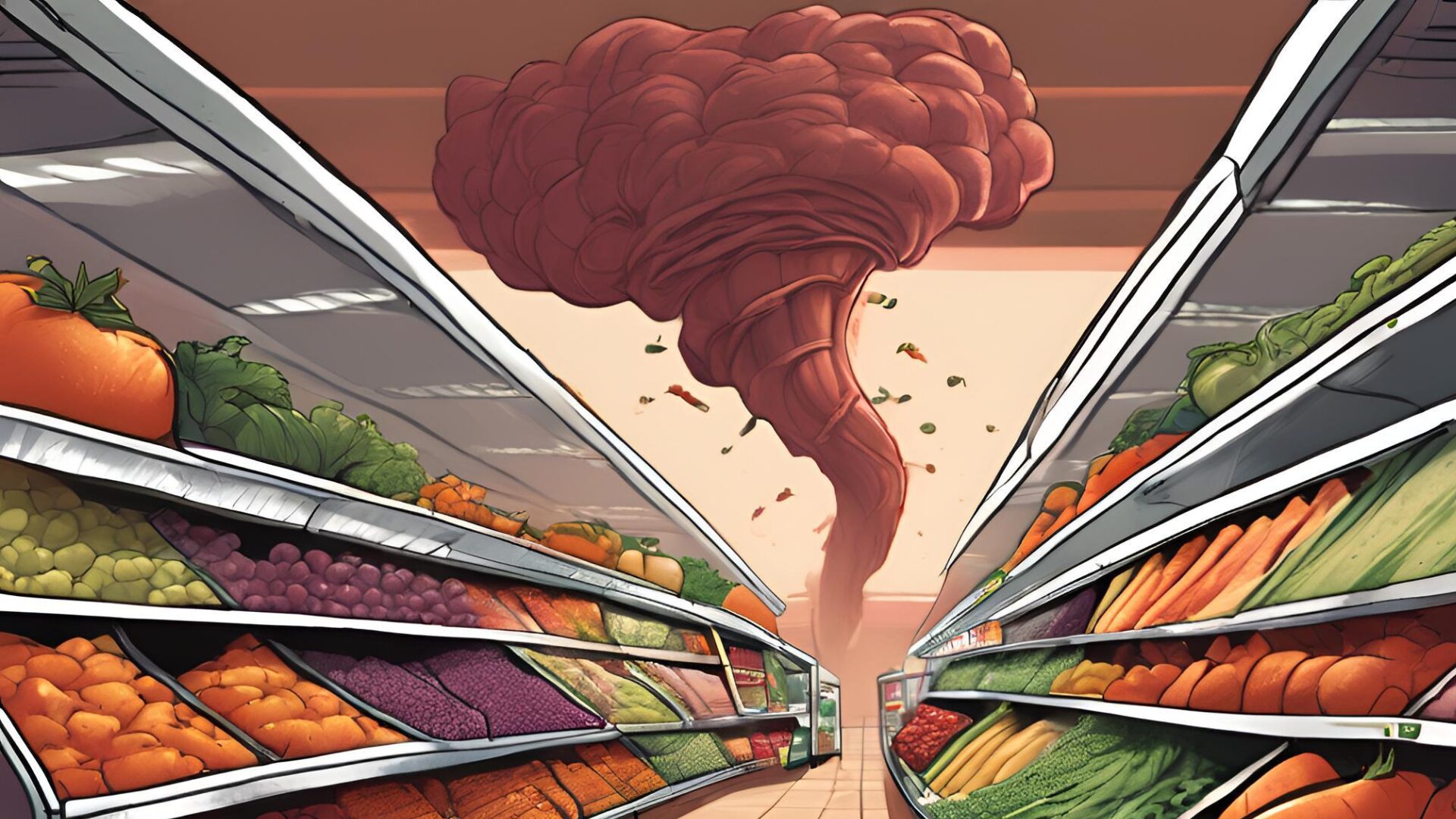Fresh produce gains remained highly elevated the second week of May, according to a report from 210 Analytics, IRI, and Produce Marketing Association (PMA).
Fresh produce growth for the week of May 10 versus the comparable week in 2019 increased 17.1%. Fresh vegetables continued to easily outperform fruit, but both achieved double-digit increases.
“We have seen double-digit increases for fresh produce seven out of the past nine weeks,” said Joe Watson, VP of membership and engagement for PMA. “As the meat department is challenged to add items for the weekly circular amid current shortages, the pressure is on the produce department to carry the front page.”
As meat supply chain issues drove more people to stores to stock up, produce likely benefited as a complementary purchase, according to Jonna Parker, team lead, fresh for IRI. The shift from dining out for Mother’s Day to in-home cooking also benefited produce during the time period, noted Parker.
“This time of year, with all the summer fruits and vegetables coming out, many retailers set up eye-catching displays and powerful holiday cross-merchandising displays,” said Parker. “Knowing shoppers are rushing while in-store and are trying to minimize their trips, we need to challenge ourselves on how we can create virtual cross-merchandising and holiday displays in digital ads and online ordering platforms to support and inspire those purchases and celebrations.”
As for fresh versus frozen and shelf stable, gains in fresh produce are bound to be lower than frozen and shelf-stable due to its share of total produce. Slowly but surely fresh is getting back to the market share it had pre-pandemic,” said Watson. “When shoppers were in their stock-up mindset, the share of fresh to total fruit and vegetable sales across the store stood as low as 70%, but in the latest week fresh is back to 80% despite some deflationary pressure.”
The top three growth items in terms of absolute dollar gains over the same week in 2019 were berries (+26 million), potatoes (+23 million), lettuce (+22 million), and tomatoes (+19 million). However, big differences continued to exist between dollars and volume, driven by deflationary pressure. Within the top 10 growth items in absolute dollars, significant dollar/volume gaps remain for items including avocados, onions, and melons.
“Fruit is hitting its stride here in the past few weeks,” said Parker. “While vegetables have seen a stronger performance during the pandemic, it is also fair to point out that vegetables had been outperforming fruit for a few years. The pandemic amplified that that difference but we see continued strength in items like oranges, lemons, avocados, and berries—all sales powerhouses.”
For fresh vegetables, all top 10 items in terms of dollar sales gained double-digits in the week ending May 3, with increases ranging from +12% for lettuce to +47.1% for potatoes. Lettuce was the top sales category, but potatoes were the top contributor in absolute dollar growth in vegetables.
“This is elevated everyday demand at work,” said Parker. “Excellent and prolonged gains in items like lettuce, potatoes, peppers, and onions can only mean one thing: America is cooking. And that will have positive impacts for a long time to come.”
Meanwhile, although spared at the beginning of the pandemic, coronavirus infections are increasing on farm operations, reported Forbes (May 21). Outbreaks have been reported in fruit and vegetable packing facilities in California and New York as fresh fruit and vegetable production is ramping up for the year in many places.
In the past month, outbreaks were reported at two carrot packing facilities in Kern County, California and a small avocado operation in Santa Paula, California. But because these outbreaks are happening in small operations, they haven’t received much national attention, according to Armando Elenes, secretary treasurer for United Farm Workers.
United Farm Workers noted few were sickened in fields at the onset of the public health crisis as most were empty due to the cold, but that social distancing and the use of personal protective equipment was lacking. However, as more workers return to the field, outbreaks could become more common at larger fresh fruit and vegetable facilities.









